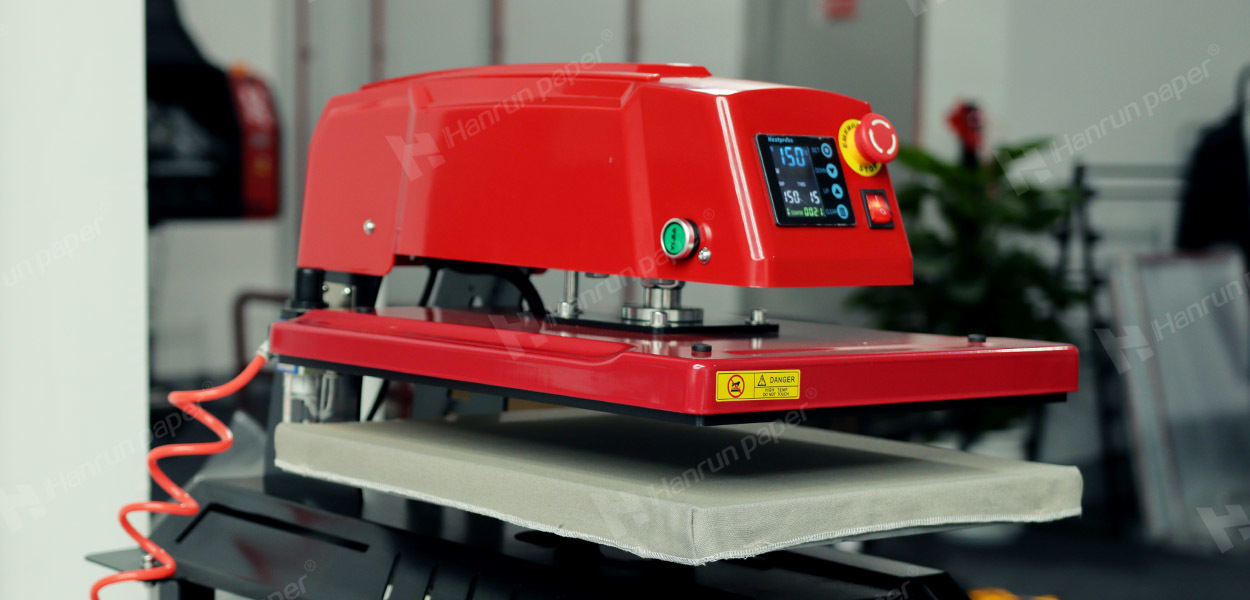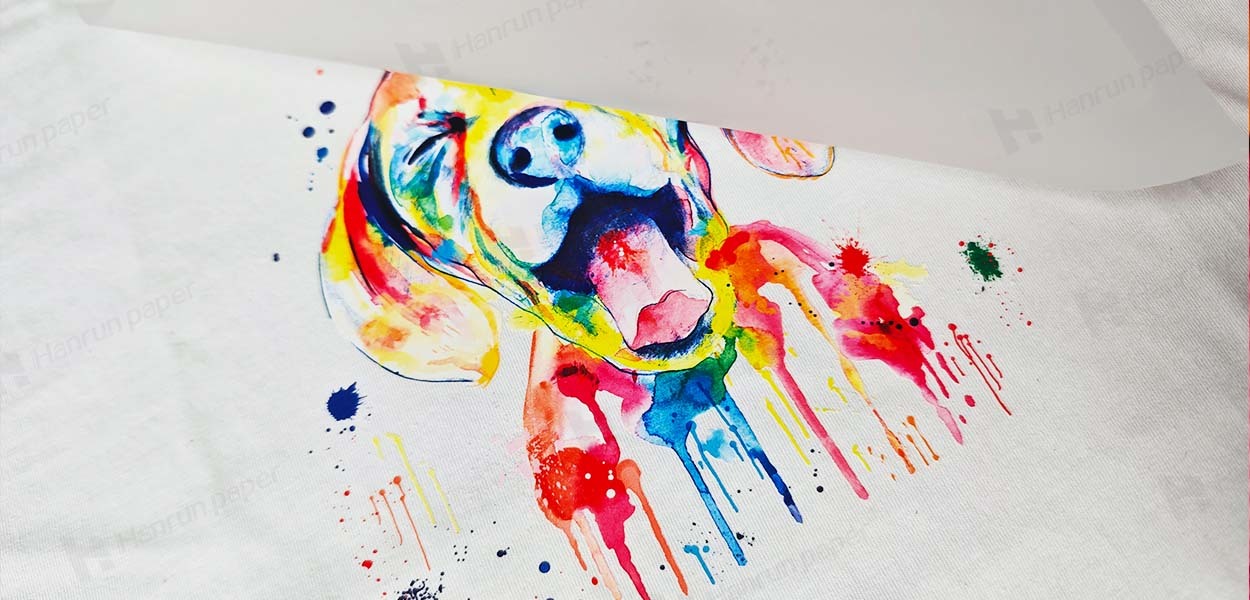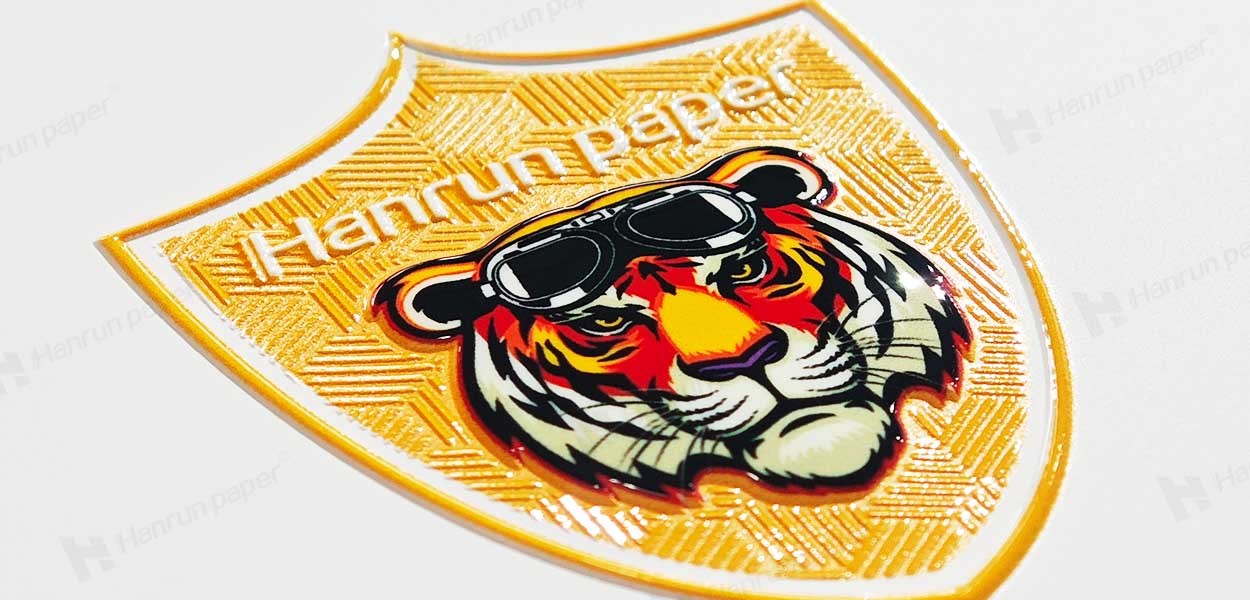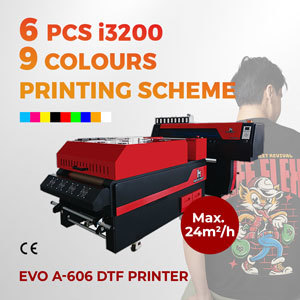Why Is My DTF Transfer Not Sticking to Fabric? Causes and Fixes Explained
DTF (Direct to Film) transfer technology has rapidly swept through the printing market due to its outstanding color reproduction, material compatibility, and ease of operation. However, many beginners may encounter a frustrating issue during actual operation—patterns fail to adhere firmly to fabrics during transfer, resulting in peeling, wash-off, or complete transfer failure, thereby wasting materials and labor costs.
This guide starts from the fundamentals, delving into the common causes of DTF transfer adhesion failure and providing systematic solutions to help users significantly improve transfer success rates and output quality.
Core Causes and Solutions for DTF Transfer Adhesion Failure
DTF adhesion issues typically stem from the following six major categories:
1. Poor Quality of Adhesive Materials: Substandard Powder or Ink
Issues such as uneven granule size of hot-melt powder, expired or moisture-affected powder or ink, and incompatibility between ink formulations and the film or substrate can lead to poor adhesion, edge lifting, or partial pattern detachment after washing.
Solutions
· Use high-quality hot-melt adhesive powder with uniform granules;
· Select compatible DTF film, DTF ink, and hot-melt powder;
· Strictly control the storage environment for consumables (dry, light-proof, sealed);
· Regularly inspect consumables and replace expired materials.
2. Incorrect Heat Press Parameters: Improper Temperature, Pressure, or Time
DTF adhesion relies on the hot-melt powder melting at the set temperature, penetrating fabric fibers, and solidifying upon cooling for lasting attachment. Inadequate temperature or pressure can prevent full melting or embedding of the powder, causing "false adhesion" that results in pattern peeling or edge lifting, or ink sticking to the film during peeling. It is recommended to set the heat press parameters according to fabric type—for example, for cotton fabrics, set the pressing temperature to 160–170°C, time to 12–15 seconds, and medium to high pressure at 30–40 psi. For polyester fabrics, set the temperature to 140–150°C, time to 10–12 seconds, and medium pressure at 25–35 psi.
Solutions
· Use an infrared thermometer or thermal indicator stickers to calibrate the heat press;
· Perform a "paper strip pull test" to check for even pressure;
· Conduct a second pressing (with protective pad, for 10–15 seconds) to enhance durability and wash resistance.
3. Unsuitable or Poorly Pre-Treated Substrate/Fabric
Textured fabrics like velvet, corduroy, or waffle cloth have uneven surfaces that can hinder complete adhesion. Moist or dusty fabrics also obstruct proper bonding between powder and fibers.
Solutions
· Pre-press fabric with a heat press for 5–10 seconds to remove moisture and smooth the surface;
· Use a lint roller or fabric shaver to clean the surface;
· For complex structures (zippers, buttons, etc.), use heat press pillows for even pressure.

4. Operational Errors: Incorrect Peeling Timing or Powder Application
Incorrect usage of cold-peel or hot-peel DTF films can result in stringing, peeling, or partial adhesion of the pattern to the release film. Uneven manual powder application, residual powder, or under-cured powder can cause rough or uneven pattern edges.
Solutions
· Clearly distinguish and master the correct peeling time for hot-peel/cold-peel films;
· Use an automatic powdering/shaking system to ensure even powder distribution;
· Maintain curing temperature between 100–120°C; avoid over-baking.
5. Environmental Factors: Humidity, Temperature, Ventilation, etc.
High ambient humidity may cause powder to absorb moisture and clump, reducing adhesion strength. Low temperatures prolong drying time, leading to incomplete bonding.
Recommended Environmental Conditions:
· Relative Humidity: 45%–60%;
· Room Temperature: 20–26°C;
· Ensure good ventilation; avoid dust or volatile chemicals in the air.
6. Equipment Issues: Uneven Heating or Aged Heat Press Machine
Uneven pressure from the heat press or using a household iron as a substitute can result in poor transfer performance. This is especially problematic for large designs, where some areas transfer successfully while others fail.
Inspection and Optimization:
· Use thermal strips regularly to check temperature uniformity across the heat platen.
· Conduct periodic maintenance or replacement of frequently used heat presses.
· Avoid using household irons instead of standard heat press machines, especially in production-grade applications.

Full-Process Best Practices for Perfect DTF Adhesion
Pre-Printing Preparation
· Choose compatible consumables (DTF ink, DTF hot-melt powder, DTF film, fabric);
· Clean the fabric and pre-press to remove moisture;
· Verify correct temperature and pressure settings on the heat press.
Printing + Powdering
· Print designs using a high-precision DTF printer;
· Apply and cure the powder automatically, ensuring even coverage without blank areas.
Heat Transfer Operation
· Use a heat press to apply medium-high pressure for 12–15 seconds;
· Cool and peel the film, adjusting timing slightly based on film type;
· Conduct a second pressing using protective paper to enhance pattern adhesion.
Post-Treatment and Inspection
· Check if the pattern edges are fully bonded and the image is clear;
· Perform wash tests or manual pull tests;
· Seal unused films to protect from high temperature and humidity exposure.
Conclusion
Although DTF transfer has a low entry barrier, achieving high-quality, large-scale output requires strict attention to process parameters and operational details. From choosing the right materials to managing the working environment, from heat press settings to peeling techniques, by following these technical guidelines, you can consistently produce vibrant, long-lasting DTF prints.
For further guidance on DTF printing equipment or consumables, please contact the Hanrun Paper technical support team. We are committed to providing practical solutions and premium products to ensure your printing success every time!
Contact Us
Global sales e-mail: info@hanrunpaper.com
Global sales WhatsApp: 86 189 3686 5061
Address: No.10 building, Baijiahui Innovation Community, 699-18 Xuanwu Avenue, Nanjing, China
Need Local Support? Find a Certified Hanrun Paper Dealer in Your Area.
Transfer To Digital, Transfer To Future
Hanrunpaper
Contact us

Address:No.10 building, Baijiahui Creative Community, 699-18 Xuanwu Avenue, Nanjing, China













